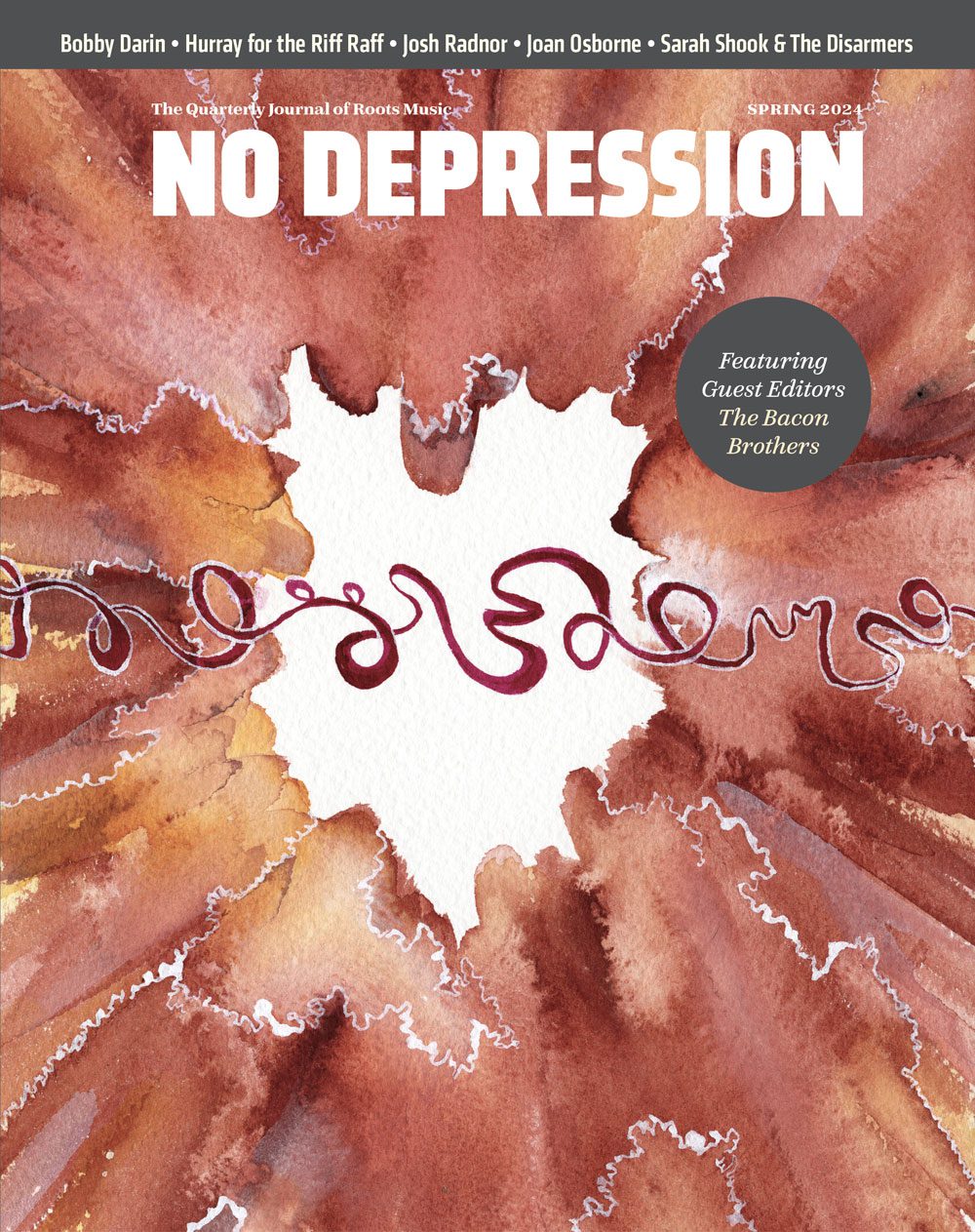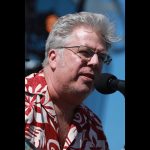Punch Brothers: How to Grow a Band (Film Review)
How To Grow A Band explores the genesis of progressive acoustic supergroup, Punch Brothers. While music provides the film’s backdrop, the larger theme examined is ambition and its effect on relationships. Director Mark Meatto offers an intimate portrait of the struggle, sacrifice, and drive necessary to cultivate a genuine artistic advancement. And, make no mistake, the explicit intent of the Punch Brothers from their very inception was exactly that; to create a new musical development, or at least a new expression within a combination of existing forms. Such raw ambition makes for compelling music, especially in the hands of such talented artists. Getting a glimpse into the personal dynamics of this exploration makes for interesting viewing, as well, despite the subjects’ sometimes aloof dispositions (in front of the camera, anyway.) HTGAB strikes a fine balance between music and narrative, though it wisely tips the scale towards the latter.
At the end of the day, the film left me pondering the artists’ personal motivations as opposed to simply enjoying their musicianship which is a credit to director Mark Meatto. HTGAB is not just a film of concert footage or a “behind the scenes” clip collection; it is a portrait of the creative process, albeit one from a bit of a distance.
Of course, the initial creative force and genesis behind Punch Brothers is mandolin virtuoso, Chris Thile, most famous for his work with the award-winning and commercially successful acoustic trio Nickel Creek. Thile speaks at length in the film about how Nickel Creek became its own entity of sorts, like a self-propelled machine no longer fully controlled by the artists in the band. That apparent loss of creative control combined with a painful divorce led Thile on a quest for something new, and, presumably, something more personal in nature. The result was a four movement suite of classically-influenced stringband music titled “The Blind Leading The Blind.” Thile’s collaborators on the suite eventually became the Punch Brothers, including Gabe Witcher on fiddle, Noam Pikelny on banjo, Chris Eldridge on guitar, and Greg Garrison on bass.
In theory, Punch Brothers was to be a democratic band, but the film makes obvious that a tension exists between those ideals and the reality that Thile was the original creative author as well as the marquee name in the band. While all members seem equally driven and committed to the project, there is an uneasy deference to Thile and a collective acknowledgment of his obsessive aspirations. That is not to say that the band does not exude a heartfelt comraderie, because the film portrays what seems like a genuine brotherly bond among the young musicians. Even still, Thile’s collaborators mused on camera what might happen if the mandolin prodigy were to decide that he’s suddenly lost interest in this project only to move in a new direction. They also seem to take mild delight in ribbing Thile about a certain, um, “confidence” he exudes which, to Thile’s credit, he mostly takes in stride.
Beyond the mild strains resulting from these power dynamics, the main conflict addressed within the film’s narrative is how a folk and bluegrass audience might receive this “art music.” The earliest scenes in the film revolve around a show in Scotland where “The Blind Leaving The Blind” makes its international debut. The tension surrounding the show is made palpable on the screen as the musicians prepare for the show, each fearing a poor reception. It is during this European tour that the film lingers on differences of opinion among the band regarding how to unveil their music and engage their audience. The most aggressive differences on this matter seem to occur between bassist Greg Garrison and Thile.
Fans of the Punch Brothers know that Garrison was eventually replaced by Paul Kowert, and the film only offers hints as to exactly whether Garrison was ousted from the band or voluntarily chose to leave. Again, this is primarily a story of ambition and one is left wondering if Garrison was seen to be lacking enough of that trait in the eyes of Thile, or whether perhaps personal differences were a distraction to Thile’s abundance of it. The discomfort of watching this conflict, and particularly the ambiguity involved, is somewhat neutralized seeing Kowert’s enthusiastic welcome to the band. Kowert’s initiation occurred shortly after the band members decided to move to New York having previously lived scattered in differing regions of the nation.
This geographic union has a certain familial sweetness. It illustrates a commitment to one another and a collective commitment to continue pursuing a creative endeavor born of artistic restlessness above commercial pandering. No doubt, Thile could have continued to pad his bank account churning out Nickel Creek albums, and he deserves enormous credit for leaving that behind in pursuit of something more personally fulfilling. How long the project continues is anyone’s guess, a sentiment best expressed by the members themselves.
As the credits rolled, I found myself curious to see how the individual band members might progress as they mature both as artists and people. It is this dichotomy, the tension between personal motivations and artistic aspirations, that make for the most compelling aspects of How To Grow A Band. One can only hope that the project is just becoming ripe and that the Brothers don’t suffer the wilting poison of a sibling rivalry any time soon.
_________________________________
The screening of How To Grow At Band was viewed at The Nashville Film Festival in April. To learn more about the film and sign up for a mailing list with potential release dates, visit the film’s official website:
http://punchbrothersmovie.com/
__________________________
Dustin Ogdin is a freelance writer and journalist based in Nashville, TN. His work has been featured by MTV News, the Associated Press, and various other stops in the vast environs of the world wide web. His personal blog and home base is Ear•Tyme Music. Click below to read more and network with Dustin.
Ear•Tyme blog… 






